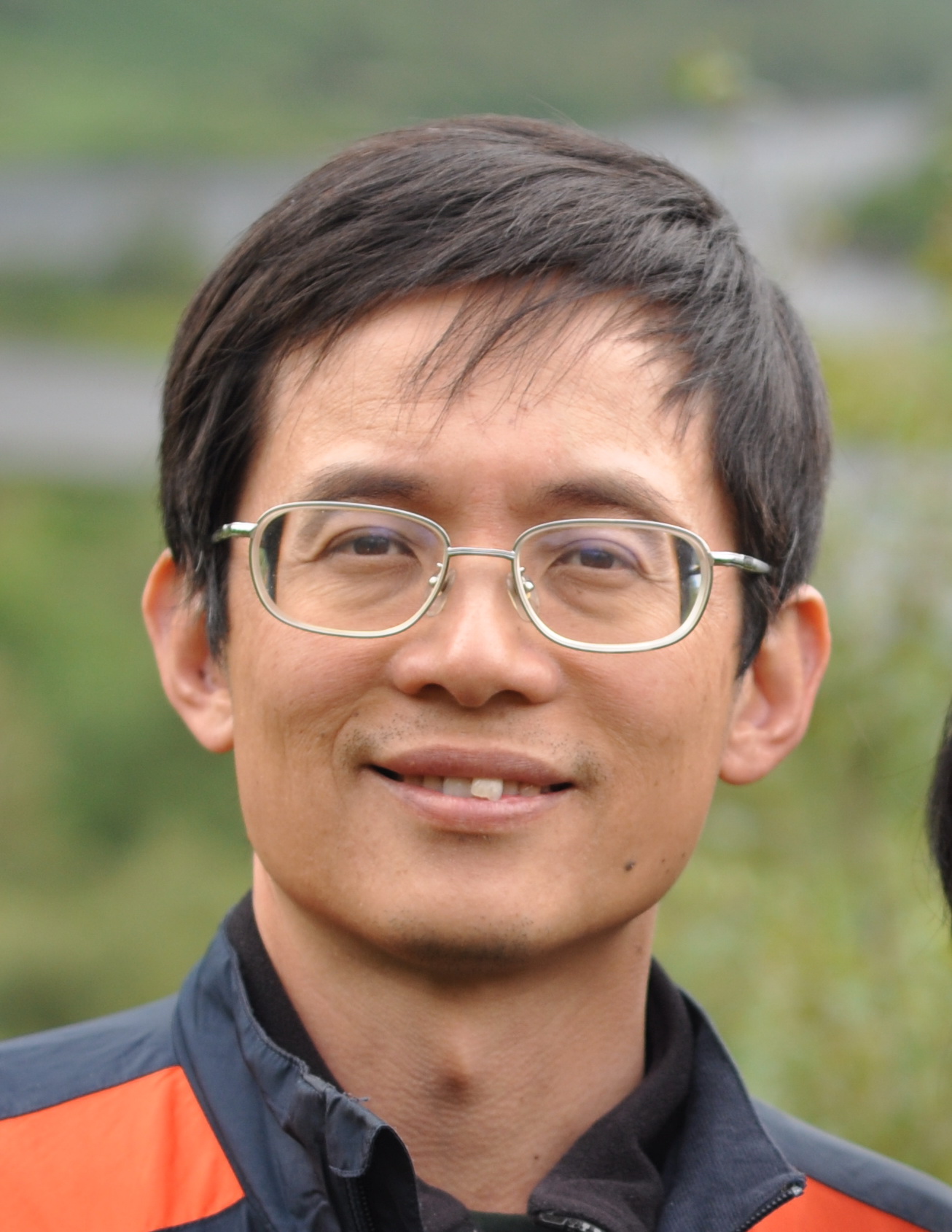Tutorial 1:
Self-Localization
Date : 25 September 9:00-11:30
Chair : Kiyohito Yoshihara (KDDI R&D Laboratories, Japan)
|
Dr. Yu-Chee Tseng (National Chiao Tung University, Taiwan)
|
 |
Indoor localization systems have attracted a lot of attention recently.
Most works use wireless signals from existing infrastructures to track users’ locations.
In this talk, we will discuss a new direction called “self-localization” by exploiting the ambient landmarks inside buildings, such stairs, elevators, embedded M2M, NFC, etc., to facilitate localization.
A self-localization system should be "self-content” in that it has little dependency on extra infrastructures and its sensor data fusion is "self-adaptive” in that it can adaptively choose the best data fusion algorithm for use based on external sensor inputs.
We will then discuss 6 scenarios that have these “self” or “near-self” properties.
The first example discusses how to localize an object in a multi-floor environment with ambient landmarks.
The second example discusses how to use body trajectory to improve location accuracy.
The third example discusses how to use ambient cameras to localize vehicles on the roads.
The fourth example further discusses vehicle tracking on the roads. The fifth example talks about Mobile Augmented Reality, a location-based service.
The last one discusses using visible light as medium for localization.
These examples conclude that “self-localization” is very promising.
|
| |
Tutorial 2:
Practical measurement methodologies for locating routing failure events
Date : 25 September 9:00-11:30
Chair : Hongtaek Ju (Keimyung University, Korea)
|
| Dr. Masafumi Watari (KDDI R&D Laboratories Inc., Japan) |
 |
This tutorial provides an introduction into practical measurement methodologies for network operations and management in intra-domain routing and inter-domain routing. The first part of the tutorial discusses methodologies for locating routing failures in ISPs.
The first methodology enables the identification of router and link failures based on passive measurement of OSPF LSA messages.
The second methodology enables the identification of congested segments based on active measurements of probe packets. The second part of the tutorial discusses a methodology for locating routing failures that occur between ISPs based on passive measurement of BGP update messages and discuss its accuracy.
Finally, the tutorial provides brief introduction into new routing work on ICN and its standardization efforts in the IETF.
|
| |
Tutorial 3:
A Tutorial on Smartphone Networking Technologies
Date : 25 September 10:45-12:15
Chair : Kiyohito Yoshihara (KDDI R&D Laboratories, Japan)
|
| Dr. Yongseok Park (DMC R&D Center, Samsung Electronics, Korea) |
 |
In this talk, we will consider various networking technologies for today's smartphones.
Connection management deals with selection of best network connections.
It consists of LTE/Wi-Fi connection setup, monitoring the status of the connections, and handover to another connection.
Link management provides fast discovery and easy pairing between neighboring devices.
Traffic management monitors and controls traffic transmitted from/to smartphones, for the purpose of QoS, power saving, and network signaling reduction.
It may involve load-balancing of traffic flows across multiple network interfaces.
As accessories such as smart glasses and watches emerge, p2p protocols and ad-hoc networking are getting a lot of attention.
In this talk, we will present industry trends and technology advances in academics, and discuss challenges and research directions.
|
| |
Tutorial 4:
StarBED: Wired and Wireless Network Emulation on a Large-scale Testbed
Date : 25 September 10:45-12:15
Chair : Hongtaek Ju (Keimyung University, Korea)
|
| Dr. Razvan Beuran (National Institute of Information and Communications Technology, Japan) |
 |
In this tutorial I shall first introduce the StarBED network testbed of the National Institute of Information and Communications Technology,
Hokuriku StarBED Research Center, located in Ishikawa, Japan.
Then I shall present the main mechanisms for wired and wireless network emulation that are available on StarBED, including tools such as SpringOS and QOMET.
The second part of the tutorial will use a wireless network emulation case study to provide more details about all the steps that are necessary in order to perform such experiments on StarBED.
The talk will end with some practical information regarding the procedurethat must be followed by external parties in order to use StarBED.
|
